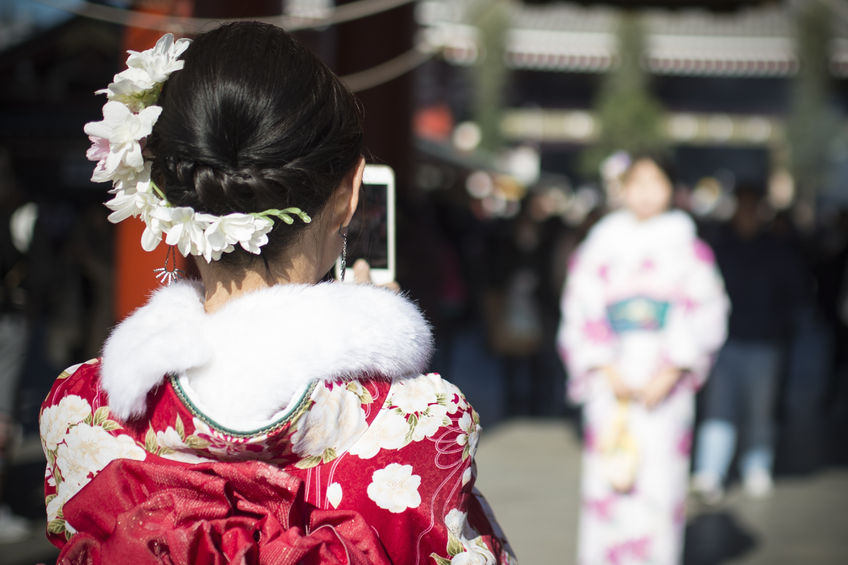Whether you are walking along the Champs Elysees, cruising the Amazon river, or standing on the top of Mount Fuji, you will probably have your phone with you. With so many people using them in so many different countries, phone culture has become as varied as the clothes we wear or the food we eat. Japan is no exception. Keep reading for some interesting facts and tips on how to navigate the Japanese mobile phone culture.
Japan’s Keitai Culture vs the Smartphone
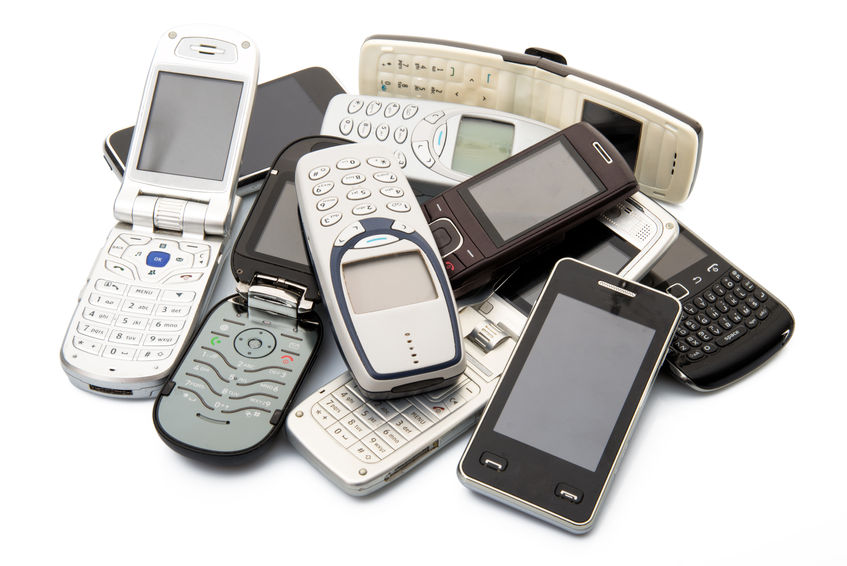
Until recently, Japan was at the forefront of mobile technology. While the rest of the world was playing rudimentary snake games on tiny monochrome screens and texting with 160 character limits, Japanese manufacturers had created their own keitai flip phones that could be used to pay for groceries, send emails and play sophisticated games. The large color screens also paved the way for these phones to double as mobile televisions, with dozens of channels available all over Japan.
These Japan-only flip phones were the most popular style of phone in Japan until 2016. It took Apple nearly a decade to finally overtake these domestic clamshells and bring Japan into the modern smartphone age.
Taking a Bath with Your Phone

Baths are a big part of Japanese culture. Whether it be the traditional onsen, sento, or a private family bath, everyone loves to indulge in a hot dip. For mobile game and TV lovers, this was a problem because you were faced with a tough decision. Do you take a short bath and quickly get back to the internet, or risk your phone to its steamy depths?
This created a huge market for waterproof phones in Japan that did not seem to exist anywhere else. Almost every manufacturer offers waterproofing of some kind on almost all their models, and you will often see advertisements with models using their phone in the bath to highlight just how waterproof they are.
Shutter Sounds Ensure Privacy
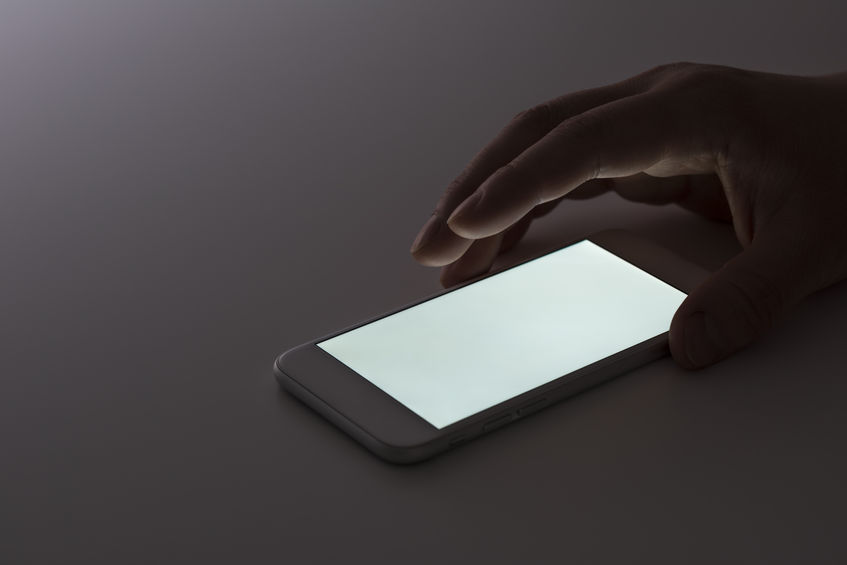
One of the less savory issues Japan faces is the problem of 盗撮 (tousatsu), which is euphemistically translated as ‘sneak photography.’ The illegal practice of taking voyeuristic pictures of women led to the introduction of a law that requires every phone sold in Japan to automatically emit a shutter sound whenever a picture is taken.
If the law seems like it would be easy to circumvent, it is. Anyone can buy a phone from abroad, sideload a different OS, or download one of the dozens of free apps for iPhone and Android that disable the shutter sound. Given the problem, Japan made a pretty good decision to disable the shutter noise-off feature, even if there are so many workarounds. Whether or not you disable yours is up to you, but do try to avoid the temptation to make any upskirt shots.
In Japan, Manner Mode is the Way to Go
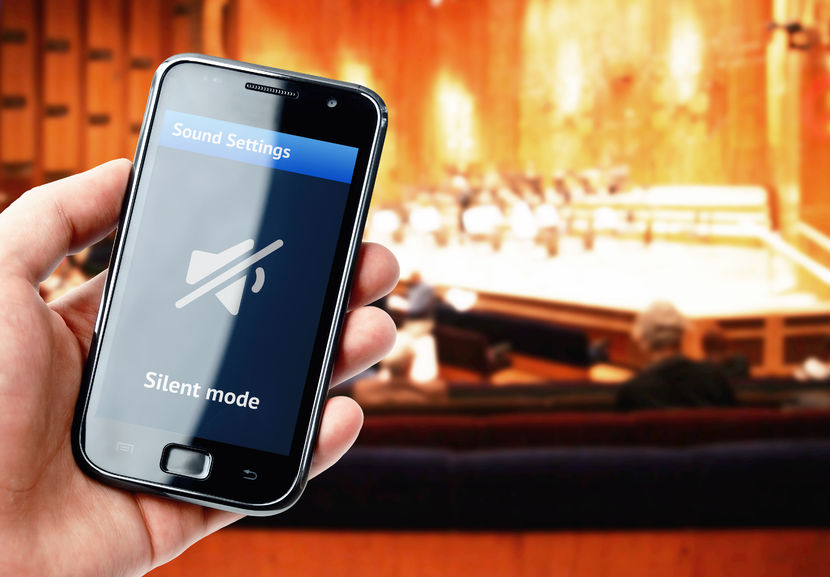
As is standard with phones everywhere, you can choose from a number of different ringtone settings. The importance that Japanese culture places on manners ensures that almost everyone keeps their phone in Manner Mode all the time. If an errant ringtone is heard inside a train carriage, the onslaught of withering stares quickly impels the wrongdoer to correct the problem.
Despite posters and announcements at every station constantly remind passengers to mind their manners and turn off the sound, all bets are off once Friday night’s alcohol infused bar-goers boisterously begin to make their way back home.
Game On: The Number One Market for Mobile Game Revenue
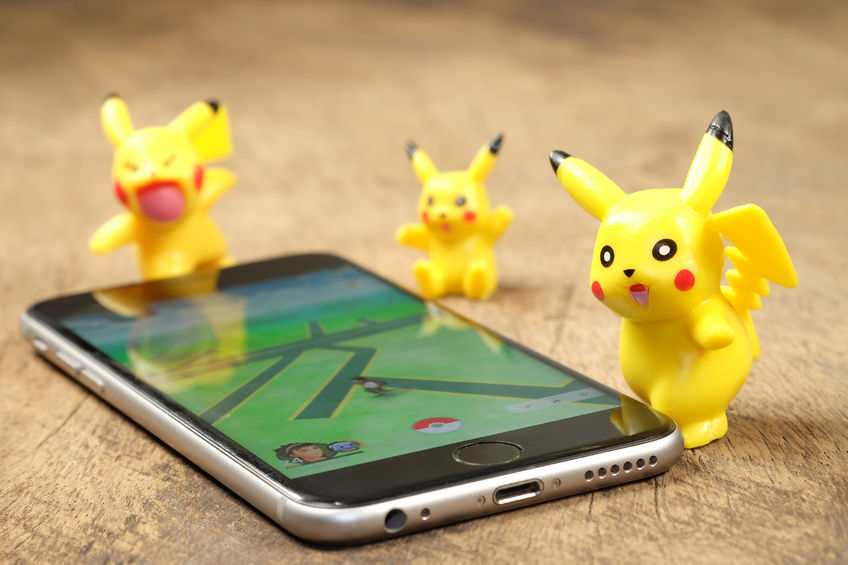
Japan is the single largest market for mobile gaming in the world.
With housing space at a premium there are few people that have the room for a PC, console, home TV plus all the other gaming technology out there. This results in phones being the primary source of entertainment for anyone not in control of the remote. It is not just young people, either. Gaming in Japan spans demographics like nowhere else.
With the prevalence of incredibly fast internet, gamers can connect and play with even a little downtime. Plus, with the rising popularity of free-to-play games, if a game does not grab your immediate attention you can just move onto the next one. All this can also be done while commuting to work on the train, dedicating a portion of your day completely to gaming.
Aruki-sumaho: the Dangers of Mobile Multitasking
The greatest threat to the harmony of Japanese citizens and safety, according to station posters and signage, is the phenomenon of aruki sumaho, or walking while using your phone.
It has threatened to destroy the harmony flow of Japanese life since the rise of the mobile phone, but Pokemon GO ushered in a new wave of social commentary on the problem. The situation even reaches the point of potential government intervention, calling to ban phone use in stations completely.
While many cities around the world face a similar problem, Japan has a unique approach to solving the issue that both displays its culture, history, and adds a great sense of humor.
Pocket WiFi in Japan
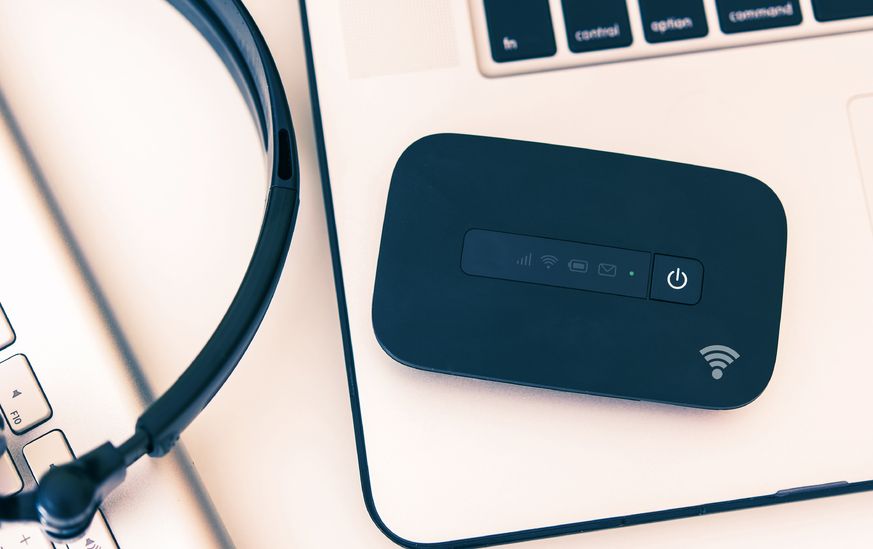
If you truly want to experience modern Japan, you need a phone connected to the internet.
Pocket WiFi routers are a great way to get connected quickly and easily without a lengthy setup. These devices from Sakura Mobile connect to the SoftBank mobile phone network and give any WiFi enabled device access to the internet. Whether you choose to bring a phone, laptop, tablet or all three, you can connect to a mobile WiFi router just like you would at home. The SoftBank network has great coverage in all major cities on their LTE network, with 3G and 4G networks in more rural areas.
The WiFi router has a 20 hour battery life, keeping you connected all day long. If you are switching between hotel or AirBnB wireless networks regularly, your Sakura Mobile WiFi router is a great backup option in case something goes wrong.
If you are already a resident, then a pocket WiFi router is a great alternative to a traditional home router. Not only are they mobile, but you can avoid the tedious and lengthy setup process of the home ISP’s.
No matter how many WiFi devices you have they can share the connection which is great for families, or users with multiple wireless devices.
Sakura Mobile is the Best Way to Get Connected
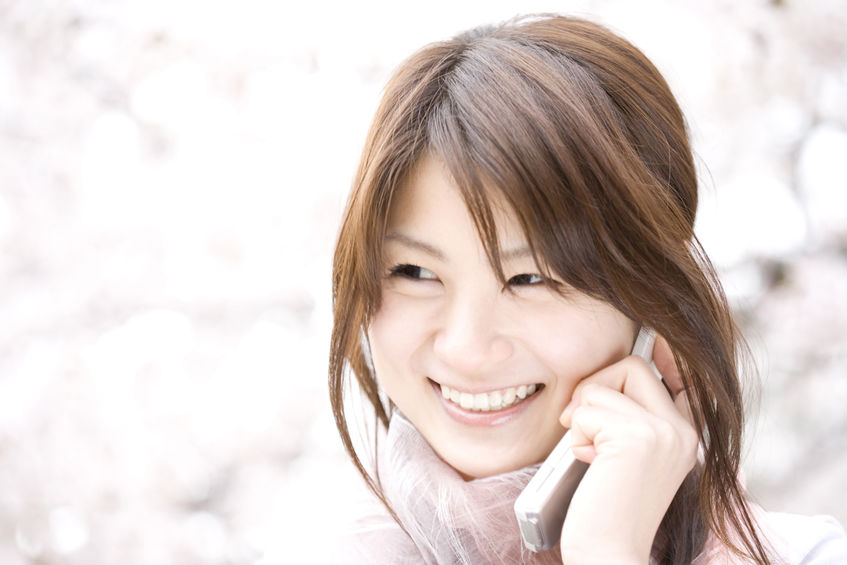
Pocket WiFi routers are available for pick up and drop off at Narita and Haneda airports, giving you access to the internet from the time you land right up until you leave. If you prefer to have your router shipped to your hotel, a nearby post office or even a residential address, Sakura Mobile can do that too. When you are finished using the router you can either drop it off at the airport or simply ship it back. The package contains a prepaid return envelope, so returns are as easy as finding a post box and dropping it off.
All Sakura Mobile plans have flexible options for both visitors and residents. You can increase or reduce data caps as needed and complete every part of the process in English, from start to finish. If you have any questions, English support is also available.
If you do not want to carry around a second device, Sakura Mobile offer SIM cards that connect to the DoCoMo network. To make sure the SIM cards are compatible with your device, check this page.
Get in Touch with Japanese Mobile Phone Culture with Sakura Mobile
Mobile phones have taken over the world. No matter where you are, you will see someone using an iPhone or Android device to check their messages or play games. As a result, every country has their own quirks when it comes to phones. The best way to experience Japan’s unique phone culture is with a mobile WiFi router from Sakura Mobile.

